Episode 2: CSC badge and ACEP - explanation of abbreviations and inspection criteria
CSC
The „Convention for Safe Containers "was founded in 1972 by the IMO (International Maritime Organization) and adopted into German law in 1976 with publication in the Federal Law Gazette.
It is a set of rules that is intended to ensure that all container manufacturers and owners manufacture, test and repair the means of transport worldwide according to uniform criteria. The set of rules is technically condensed by some ISO standards.
The CSC rule stipulates that the containers are regularly checked after their commissioning and repaired if necessary. The first test period is 5 years and every further 2 ½ years or 30 months.
This test date must be on the CSC badge that every seaworthy container must have. The letters and numbers on the badge must be at least 5mm tall and permanently legible.
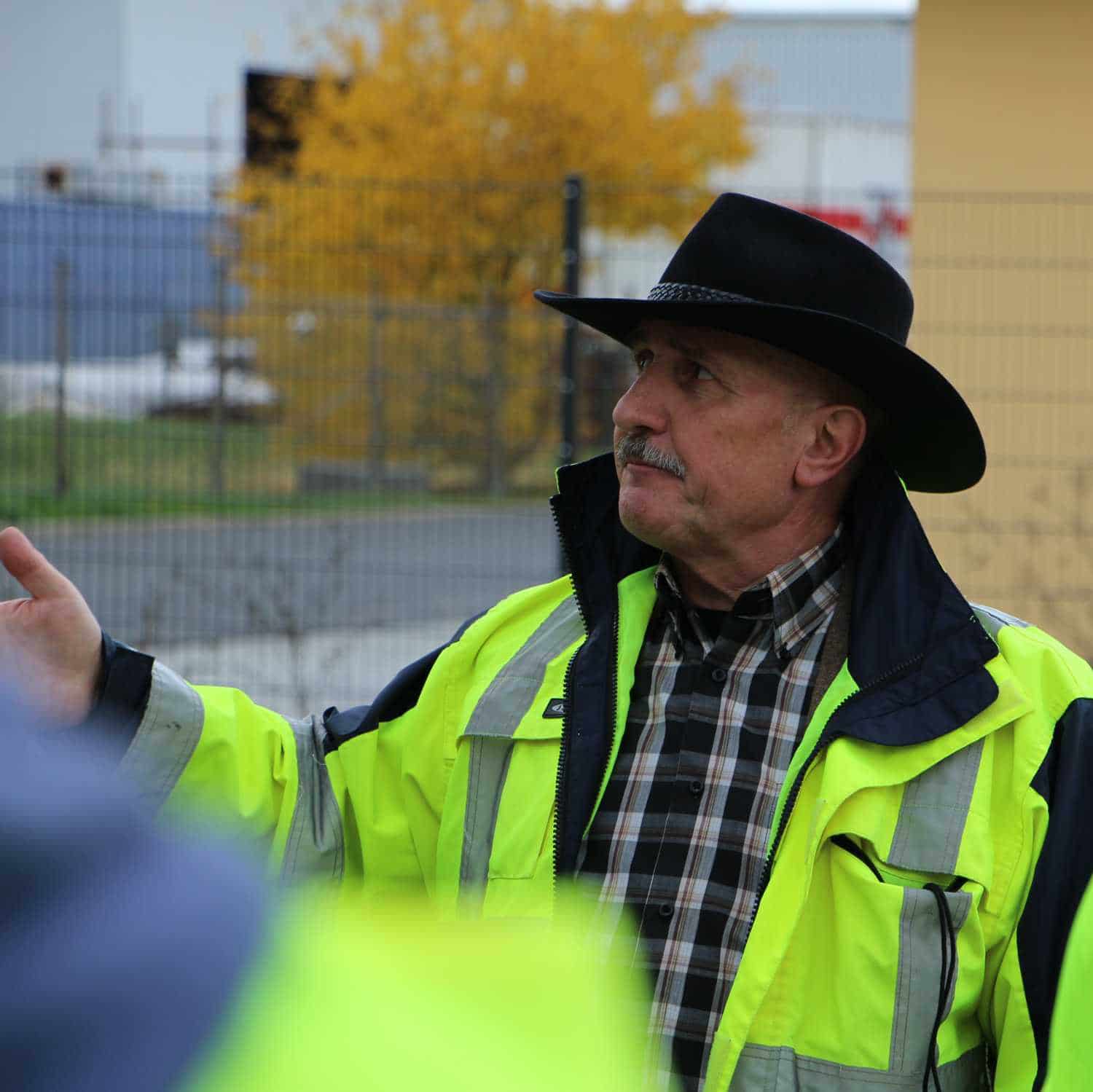
About the author:
In a series of specialist articles from the field, on topics relating to containers and trucks, you will receive first-hand professional knowledge.
How to secure cargo correctly and what are the basics of cargo securing?
They are developed and presented by Sigurd Ehringer, owner of SE-LogCon:
- VDI certified instructor for load securing
- Reference book author
- 8 years Project Manager
- 12 years with the Bundeswehr (company commander)
- 20 years of sales experience
- since 1996 consultant/trainer in logistics
- 44 years instructor/trainer in various fields
Episode 2: CSC badge and ACEP - explanation of abbreviations and inspection criteria
Upper third
The CSC badge can be viewed in three sections.
The upper third contains the following information:
- Output of the CSC rule under which the container construction was approved - GB (Great Britain) is the country code in the example image.
- Approval authority (BV = Bureau Veritas) and the year
- Type designation of the container by the manufacturer
- Serial number of the container at the manufacturer
Middle third
- Owner or operator of the container
- Information on the treatment of the wooden floor and year
- Manufacturer of the container
Lower third
- ID number for the approval of this container
- Commissioning month / year
- ID number of the container
- Max. total mass in kg / LBS
- Shear force on the structure of the container when it is damaged
- Field for the inspection date or ACEP registration
The font size of "CSC SAFETY APPROVAL" must be at least 8 mm.
IICL
Even if many containers have obvious damage, they must comply with CSC rules. The test according to CSC or ACEP is carried out in accordance with the regulations of the "Institute of International Container Sessors (IICL), the global organization of container rental companies. These regulations describe in detail which types of damage / types of damage must be repaired.
Dimensional tolerances are specified and also the manner in which a repair must be carried out properly. E.g. in the form that holes in the floor up to a maximum of 22 mm diameter can be repaired with hardwood plugs if they are not closer than 50 mm to the edge of the base plate.
As soon as the empty container arrives at the depot, it is visually inspected by a container checker. It determines whether the container is OK and only needs to be cleaned, or whether a more detailed examination of the repair costs is required.
Inspection criteria
The picture shows an excerpt from the inspection criteria (source: HCS-Hamburg)
Experience shows that the repair costs for damage are often billed to the last user of the container. All container users are therefore well advised to check the container carefully and, if necessary, to document defects in a checklist and with photos. In critical cases, the shipping company / forwarding agent should be consulted prior to loading in order to agree on how to proceed.
This can prevent bad surprises.
What are the technical characteristics of the container? That will be the content of the next episode.
Your Sigurd Ehringer.

My specialty is digital marketing. But the clear LaSi articles by our expert authors are a really good introduction to the subject.
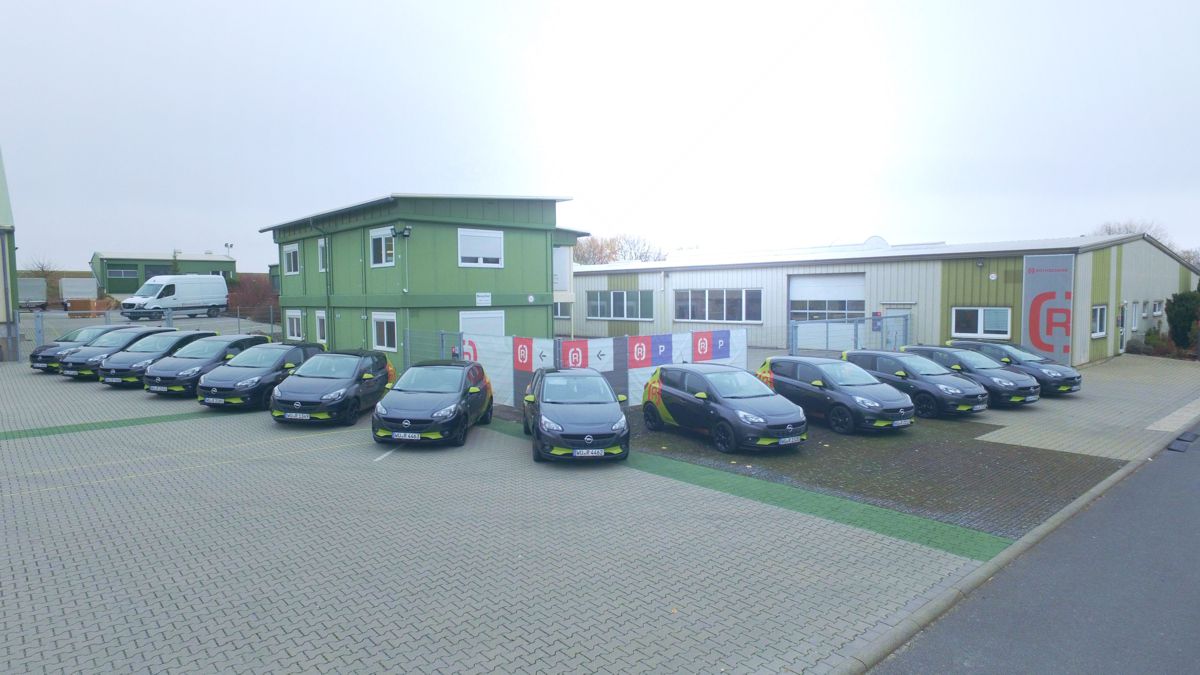
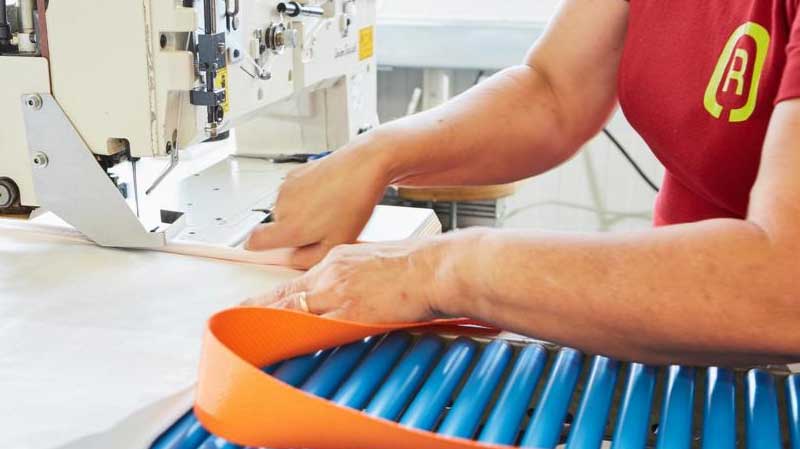
On our own account:
Rothschenk. That's us.
Rothschenk is a manufacturer of load securing equipment for overseas containers. In the tranquil town of Aub in central Franconia, we develop, test and sell our own load securing equipment such as dunnage bags/padding, Lashing restraint systems, Edge Protectors, Anti-slip Mats, Lashing Straps and drum securement. You can get a small insight into our product world in our Online Shop: [R] SHOP24.
We develop for our customers, to whom also large corporations e.g. from the CHEMICALS-, BEVERAGES- and Automotive industry belong, individual load securing. Therefore we are used to come up with new products and solutions in our own research and test department.
We stand for quality "Made in Germany„. Not only in development, but also in production. Because we are the only manufacturer for load securing with our own production site in Germany. Real "Made in Germany" even.
>> Please use the comment function below for suggestions, additions and also for further questions.
We will, of course, respond promptly and professionally. Your Rothschenk Team


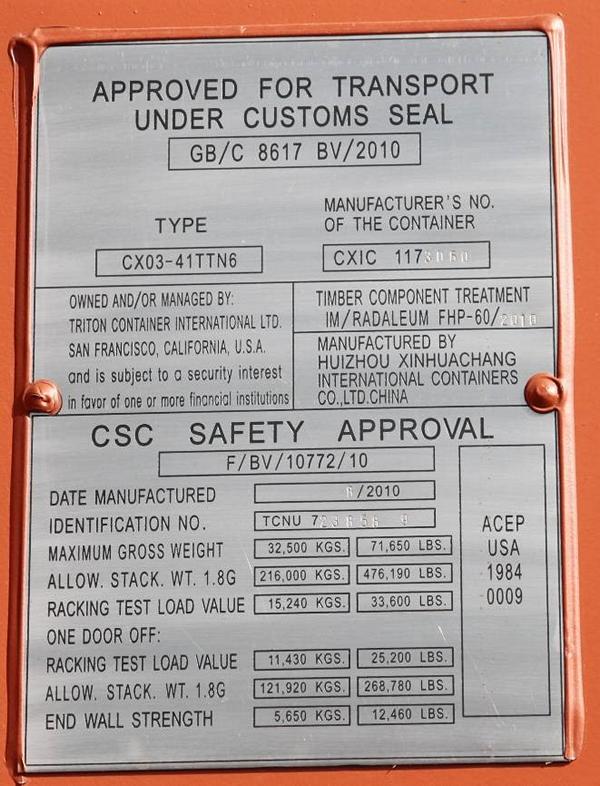
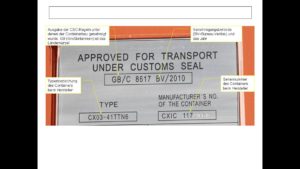




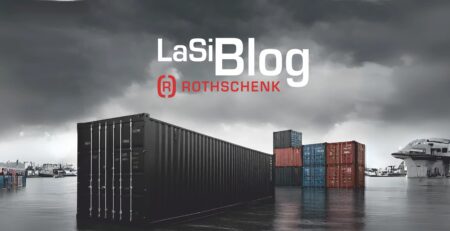
Comments (2)
Question: Does the inspection period also apply to CSC containers that only travel nationwide by truck?
Hello Mr. Kraus,
Thank you for your inquiry. The CSC inspection only applies to sea-going containers. It does not apply to those that are only transported (exclusively) by land. Nevertheless, a container must be technically in order. Your Rothschenk Team.